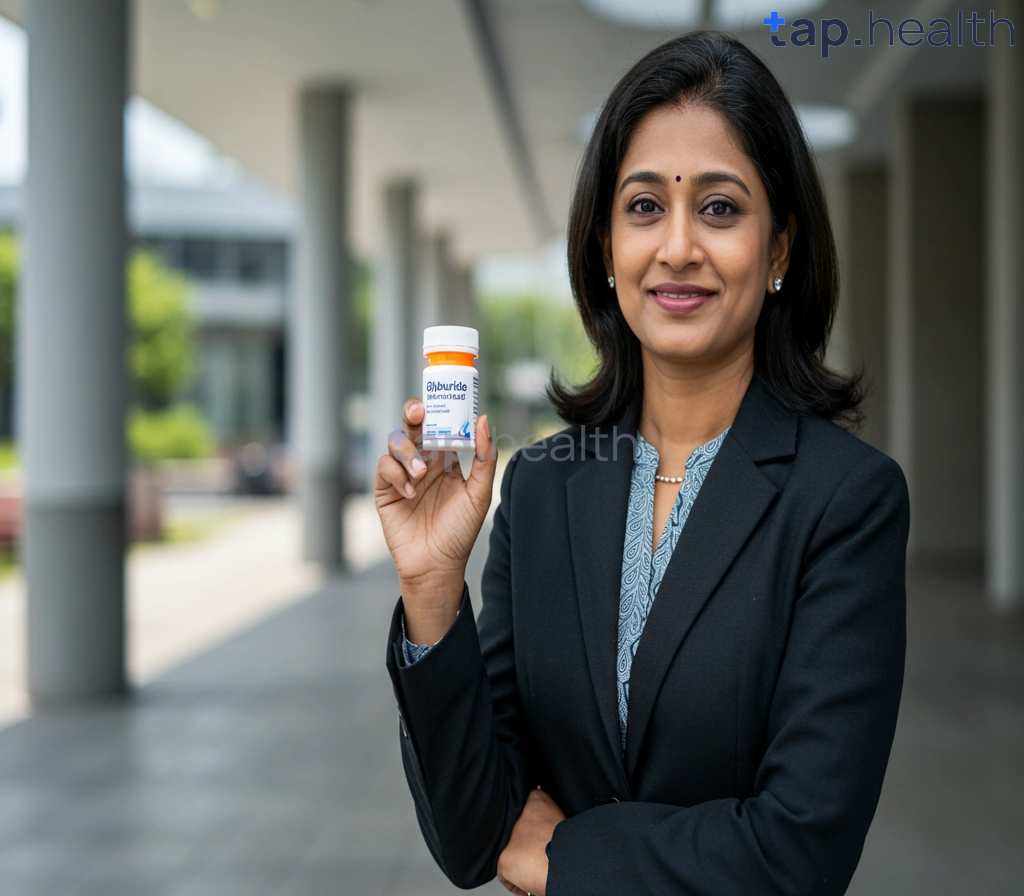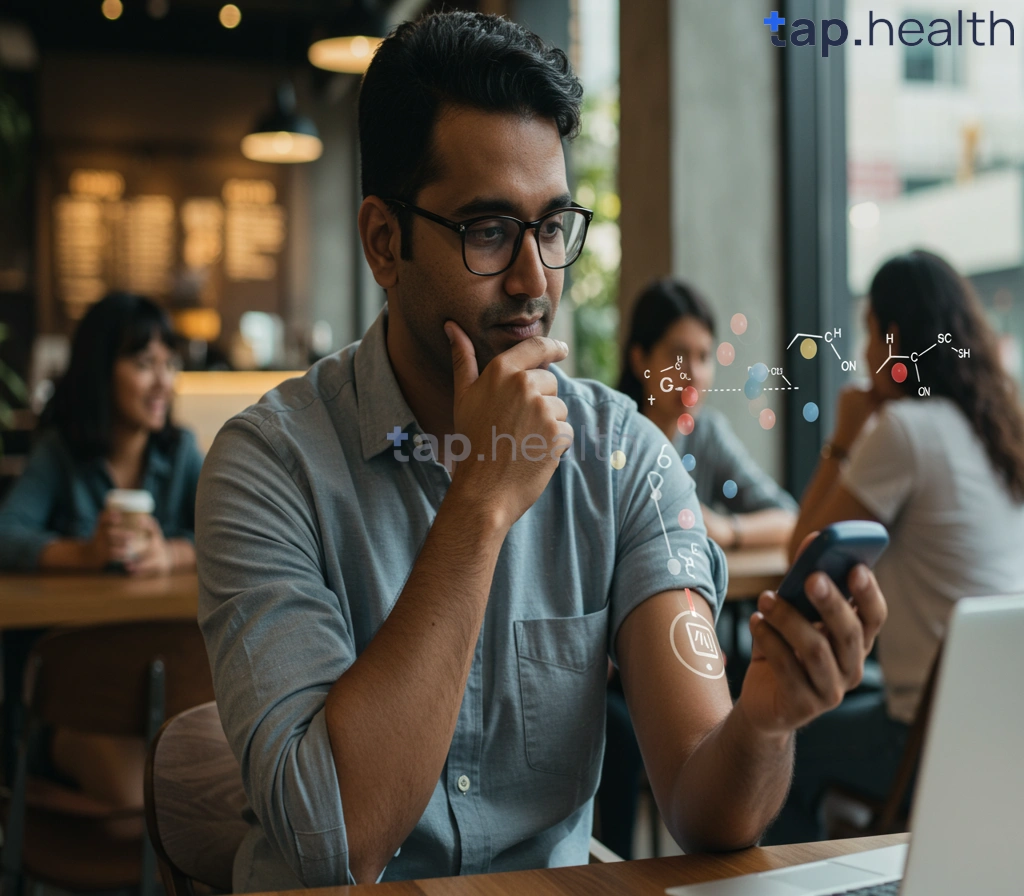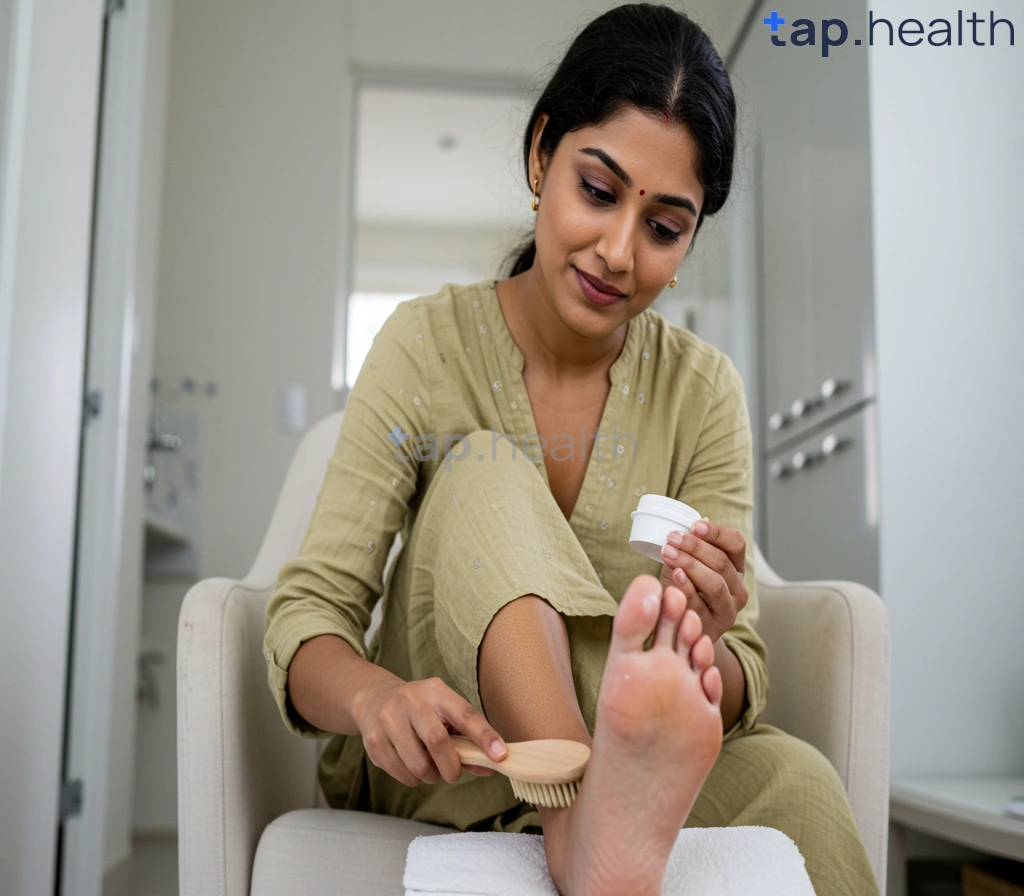Table of Contents
- Understanding Hypoglycemia: Symptoms & Diagnosis
- Effective Hypoglycemia Treatment: A Comprehensive Guide
- Managing Low Blood Sugar: Tips & Strategies for Prevention
- Hypoglycemia Diet: What to Eat and Avoid
- Is It Hypoglycemia or Something Else? Diagnosis and Differential
- Frequently Asked Questions
Experiencing sudden dizziness, shakiness, or confusion? You might be dealing with hypoglycemia, also known as low blood sugar. Understanding and Managing Hypoglycemia: Diagnosis and Effective Treatment is crucial for anyone affected by this condition, whether it’s due to diabetes, medication, or other factors. This blog post will delve into the key aspects of identifying hypoglycemia, exploring different diagnostic methods, and outlining effective management strategies to help you regain control and improve your overall well-being. Let’s unravel the mysteries of low blood sugar and empower you to take charge of your health.
Understanding Hypoglycemia: Symptoms & Diagnosis
Recognizing the Warning Signs
Low blood sugar, or hypoglycemia, is a serious concern, especially for people with diabetes. It’s particularly tricky in tropical climates like India, where diet and lifestyle can heavily influence blood sugar control. Imagine this: you’re sweating profusely even though it’s not that hot, feeling shaky and dizzy, maybe even a bit confused. These are classic warning signs. More severe cases can lead to seizures or even passing out – scary stuff! The key is catching it early.
Diagnosis and Testing
Doctors diagnose hypoglycemia by checking your blood glucose levels with a glucometer. Generally, anything below 70 mg/dL is considered low. But this can vary slightly from person to person. Regular blood sugar checks are vital, especially if you have diabetes. Think of it like this: consistent monitoring is your early warning system. In places like India, where over 30% of diabetics have poorly controlled blood sugar (HbA1c above 9%), this is even more crucial. Further tests might be needed to find the root cause. Maintaining healthy blood sugar levels is the best way to avoid this.
Managing Hypoglycemia in Tropical Climates
The heat and humidity of tropical climates can make things tougher. Dehydration, for example, can worsen hypoglycemia. So stay well-hydrated! Also, extreme heat can affect how your medication works and how your blood sugar fluctuates. It’s important to talk to your doctor about adjusting your medication or diet during hot spells. Regular meal times and easily digestible carbs are your friends here.
Seeking Immediate Help
If you lose consciousness, call emergency services immediately. For milder symptoms, grab a quick-acting carb like fruit juice or glucose tablets to boost your blood sugar quickly. Always keep some fast-acting sugar handy, especially if you have diabetes and live in a tropical region. And remember: regular checkups and open communication with your doctor are essential for managing hypoglycemia long-term.
Effective Hypoglycemia Treatment: A Comprehensive Guide
Hypoglycemia – that dreaded low blood sugar – is a serious concern, especially for people with diabetes, particularly prevalent in countries like India. Understanding its causes and how to manage it effectively is vital to prevent potentially dangerous complications. The high rate of hypertension among diabetics in India (as highlighted by the IDF here) underscores the urgent need for tight blood sugar control, since both conditions significantly impact heart health.
Recognizing the Symptoms
The warning signs of hypoglycemia can vary, but common ones include shakiness, sweating, dizziness, and feeling confused. Severe cases might even lead to seizures or loss of consciousness. Spotting these signs quickly is key to fast treatment. In hot, humid climates, dehydration can worsen symptoms, so staying well-hydrated is crucial. Think of it like this: your body’s already struggling with low sugar; don’t add dehydration to the mix!
Immediate Actions
If you suspect a hypoglycemic episode, quickly consume a fast-acting carbohydrate like fruit juice or glucose tablets. Follow that up with a more complex carb, such as a small cracker or a piece of bread, to keep your blood sugar stable. Regular blood glucose monitoring with a glucometer is essential for early detection and prevention. This is especially important given the higher risk of complications in individuals with co-existing conditions like hypertension, common in many parts of India.
Long-Term Management
Successfully managing hypoglycemia long-term involves a balanced diet, regular exercise, and sticking to any prescribed medication. This requires careful planning and may need adjustments based on your individual needs and lifestyle. In tropical climates, increased fluid intake and mindful eating habits are particularly important. Regular check-ups with your doctor are essential to fine-tune your diabetes management plan. Partnering with a healthcare professional who understands the specific challenges of your region is key to long-term success. For additional tips, check out our guide: 10 Proven Tips for Effective Diabetes Management.
Seeking Support
Don’t hesitate to reach out to your doctor or a registered dietitian for a personalized hypoglycemia management plan. Understanding your risk factors, knowing the warning signs, and taking proactive steps are key to avoiding serious complications and living a healthier life. Early intervention and regular monitoring are particularly vital in areas where co-morbidities are more common, such as many parts of India.
Managing Low Blood Sugar: Tips & Strategies for Prevention
Understanding Hypoglycemia in Tropical Climates
Low blood sugar, or hypoglycemia, is a serious concern, especially in hot, humid climates like those found across India and other tropical regions. The heat and humidity can increase dehydration, making low blood sugar episodes even more dangerous. Imagine feeling dizzy, sweaty, and shaky—it can really disrupt your day! Maintaining healthy blood sugar levels is key; aiming for levels below 140/90 mmHg (or even 130/80 mmHg, according to some guidelines) is a great target to prevent these episodes.
Dietary Strategies for Stable Blood Sugar
Think of your meals as a steady supply of fuel for your body. Regular, balanced meals and snacks are crucial. Instead of quick-burning sugars, focus on complex carbohydrates that release energy slowly. Think brown rice, whole wheat roti, and millets—staples in many Indian diets. Pairing these with lean protein like lentils (dal) and plenty of vegetables keeps blood sugar levels stable. Avoid sugary drinks and processed foods, the villains that cause those rapid spikes and crashes.
Lifestyle Adjustments for Prevention
Regular exercise is fantastic, but remember, timing matters! In tropical climates, avoid intense workouts during the hottest part of the day. Early morning or late evening walks are perfect. Staying hydrated is also essential—carry a water bottle everywhere, especially during the day! Finally, managing stress through techniques like yoga or meditation can surprisingly have a positive impact on blood sugar control.
Recognizing and Responding to Hypoglycemia
Know your body’s warning signs! Everyone’s different, but common symptoms include shakiness, sweating, and dizziness. Always carry glucose tablets or a sugary snack like fruit for quick relief. If symptoms persist after you’ve treated yourself, seek medical attention immediately. Regular check-ups with your doctor are also vital, especially considering the added challenges of a tropical climate. They can provide tailored advice specific to your needs and location. For immediate help managing low blood sugar, check out this helpful resource: 10 Tips for Immediate Blood Sugar Reduction – Tap Health.
Hypoglycemia Diet: What to Eat and Avoid
Understanding Carbohydrate Intake for Hypoglycemia Management
Living with hypoglycemia, or low blood sugar, means navigating a delicate dance with your diet, especially in regions like India where delicious, carbohydrate-rich foods are a cornerstone of the culture. The key is finding the right balance. While the general recommendation might be 45-60 grams of carbs per meal (a guideline often used for diabetes management), your personal needs will differ greatly depending on your age, activity level, and overall health. This isn’t a one-size-fits-all situation; it’s essential that you work with your doctor or a registered dietitian to create a plan perfectly tailored to you.
Prioritizing Complex Carbohydrates
Think slow and steady wins the race. Complex carbohydrates digest more slowly, preventing those dreaded blood sugar crashes. Luckily, many delicious options are readily available in India and other tropical regions. Think brown rice, whole wheat roti (chapati), nutritious millets like bajra, jowar, and ragi, and various lentils (dal). These aren’t just healthy; they’re familiar and easily integrated into your daily meals.
Foods to Limit or Avoid
Simple carbohydrates are the villains here – think white bread, sugary sodas, and those tempting sweets. They cause rapid spikes and then equally dramatic drops in blood sugar. Many processed foods common in urban areas also fall into this category. Just like knowing what to avoid before a gestational diabetes test (check out this helpful guide), understanding which foods to limit is critical for stable blood sugar.
Regional Considerations and Practical Tips
Enjoy those tropical fruits! Mangoes (when in season), papaya, and bananas (in moderation) offer fiber and sweetness. But remember, portion control is key. And always carry a quick-acting source of carbs like glucose tablets or fruit juice for those moments when your blood sugar dips. Regular blood sugar monitoring with a glucometer is a must for effective management.
Seek Professional Guidance
This information is a starting point. A personalized plan created by a healthcare professional or registered dietitian is vital for successful hypoglycemia management. It’s all about finding that perfect balance between enjoying your food and keeping your blood sugar stable.
Is It Hypoglycemia or Something Else? Diagnosis and Differential
Understanding the Symptoms
That sudden weakness, the sweating, the dizzy spell, the feeling of utter confusion – it’s a scary cocktail of symptoms. They could easily point to hypoglycemia, low blood sugar. But here’s the catch: many other conditions mimic these same warning signs. That’s why getting an accurate diagnosis is absolutely crucial, especially in places like India and other tropical countries where access to healthcare isn’t always easy. Imagine someone experiencing these symptoms, dismissing them as simple fatigue, unaware of the underlying issue. It happens more often than you might think.
The Importance of Accurate Diagnosis
Untangling hypoglycemia from its imposters requires a thorough checkup. A blood glucose test during a symptomatic episode is the first step. Think of it as your detective work – the initial clue. But we might need more detective work; other tests might be needed to rule out anxiety, heart problems, or neurological conditions, all of which can share a similar symptom profile. Early diagnosis isn’t just about feeling better; it’s about preventing serious complications down the road. This is especially vital considering the staggering statistic: 50% of diabetes cases globally go undiagnosed. This highlights a critical need for better awareness and easily accessible testing. And understanding the root causes – you might find our article on whether diabetes is caused by a virus or bacteria insightful.
Regional Considerations in India and Tropical Countries
In many parts of India and tropical regions, dietary patterns and lifestyles play a significant role in hypoglycemia risk. Malnutrition, limited access to healthcare, and a lack of awareness about blood sugar management all create hurdles in early detection and treatment. Finding a qualified healthcare professional and building a personalized plan is vital, especially given the unique challenges these regions face. It’s about navigating the specifics of their situation.
Actionable Steps for Prevention and Management
Regular blood sugar monitoring is key, particularly if you have risk factors like diabetes or are experiencing those tell-tale symptoms. Maintaining a balanced diet with regular meals and snacks helps prevent those dangerous blood sugar drops. And if you suspect hypoglycemia? Seek medical attention immediately. Early intervention can be a game-changer in preventing long-term health issues.
Frequently Asked Questions on Hypoglycemia
Q1. What are the common symptoms of hypoglycemia, and what should I do if I experience them?
Common symptoms include sweating, shakiness, dizziness, and confusion. Severe cases can cause seizures or loss of consciousness. If you experience these, immediately consume a fast-acting carbohydrate like fruit juice or glucose tablets. If symptoms persist or worsen, seek immediate medical attention.
Q2. How is hypoglycemia diagnosed, and why is regular monitoring important, especially in tropical climates?
Hypoglycemia is diagnosed by checking blood glucose levels with a glucometer; levels below 70 mg/dL are generally considered low. Regular monitoring is crucial for early detection and prevention of serious complications. In tropical climates, heat and dehydration can worsen hypoglycemia, making regular checks even more important.
Q3. What dietary and lifestyle changes can help prevent hypoglycemia, particularly in hot and humid regions?
Maintain regular, balanced meals and snacks focusing on complex carbohydrates (like brown rice and whole wheat) and lean protein. Stay well-hydrated, especially in hot weather. Avoid intense exercise during the hottest parts of the day. Manage stress through techniques like yoga or meditation.
Q4. What are some long-term strategies for managing hypoglycemia, and why is it important to seek professional guidance?
Long-term management involves a balanced diet, regular exercise, medication adherence (if prescribed), and regular check-ups with a doctor. A healthcare professional can create a personalized plan based on your individual needs and the challenges of your specific climate and lifestyle.
Q5. How can I differentiate hypoglycemia from other conditions with similar symptoms, and why is accurate diagnosis crucial?
Many conditions mimic hypoglycemia symptoms. A blood glucose test during a symptomatic episode is the first step in diagnosis. Further testing may be needed to rule out other conditions. Accurate diagnosis is critical to prevent serious complications and ensure appropriate treatment.





